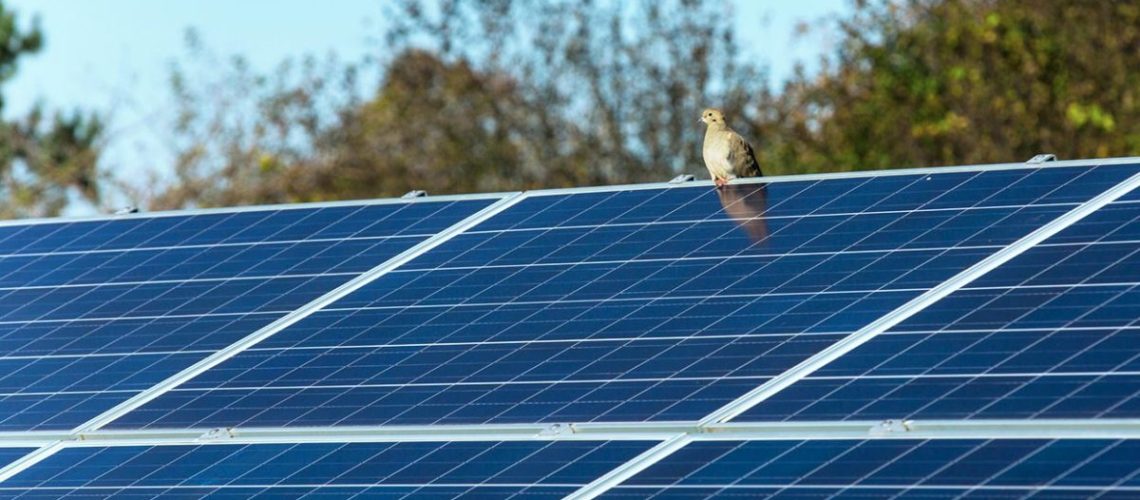At the National Community Solar Partnership summit, the DOE laid out plans to try to help meet the Biden administration’s goal of powering 5 million homes by 2025 with community solar.
The commitment announced at the National Community Solar Partnership (NCSP) Annual Summit aligns with the DOE’s goal to enable enough community solar to power 5 million American homes by 2025, saving consumers an estimated $1 billion. The U.S. Department of Energy (DOE) announced several new initiatives to help move toward that goal.
Community solar projects enable multiple customers to benefit from the revenue produced by a solar array, which can bring affordable solar energy to more people. NCSP, a coalition of over 800 stakeholders, is working to expand access to community solar to every American household with a focus on underserved communities.
“Community solar is an essential element of expanding affordable solar energy access by allowing everyone to share in the benefits of clean energy regardless of whether their homes can support rooftop solar panels,” said Kelly Speakes-Backman, Principal Deputy Assistant Secretary for the DOE Office of Energy Efficiency and Renewable Energy.
“With the combination of DOE’s NCSP initiatives and the adoption of other critical actions by state and federal policymakers, industry can meet this goal and satisfy pent up demand, save American consumers and businesses money, create local jobs, enhance grid resilience and protect the environment and community health,” said Jeff Cramer, President and CEO of Coalition for Community Solar Access.
Nearly three-quarters of the US market for community solar is concentrated in four states: Florida, Massachusetts, Minnesota, and New York, although 22 states and Washington, D.C. have state policies that support community solar deployment.
“We want solar to be affordable for every homeowner. We can’t treat community solar projects as one-off, feel-good projects if we want an equitable clean energy economy. We need to integrate it into our state energy strategies and our budgets,” said Washington Governor, Jay Inslee.
Illinois Governor JB Pritzker noted that community solar is not only good for the planet, but the new goal of reaching 5 million households by 2025 will also mean $1 billion in energy savings for consumers.
“NCSP’s work will help us get closer to our shared goals for solar,” said Ali Zaidi, Deputy National Climate Advisor, White House Climate Policy Office. “The White House, States, DOE, industry, community organizations, and more are working to deliver lower energy bills for families, create good-paying jobs, and tackle climate change.”
Over 500 supporters attended the summit to discuss NCSP’s “Pathway to Success,” a plan to address persistent barriers to equitable access. The plan has five focus areas: developing community solar ‘knowledge and know-how’, expanding state-level programs, improving access to financing, reducing customer acquisition barriers, and broadening awareness of the benefits of community solar programs.
The initiatives supporting this pathway include:
- A new States Collaborative, engaging nearly half states and the District of Columbia, which will support expansion and development of new community solar programs at the state level.
- The Credit Ready Solar Initiative, announced at the Summit, which will give community solar developers better access project financing.
- A $2 million NCSP Technical Assistance program, which is offered on a rolling basis at no cost to NCSP partners and provides personalized support to help them accelerate implementation, improve the performance of their program or project, and build capacity for future community solar development.



